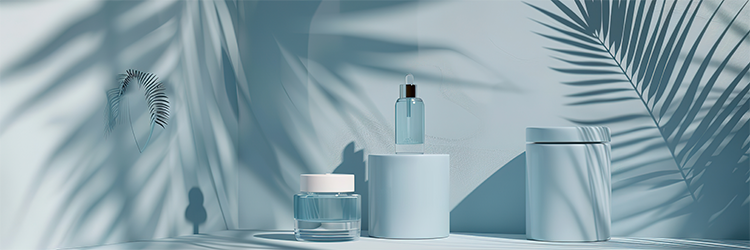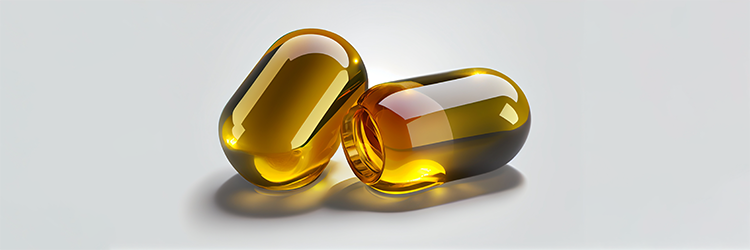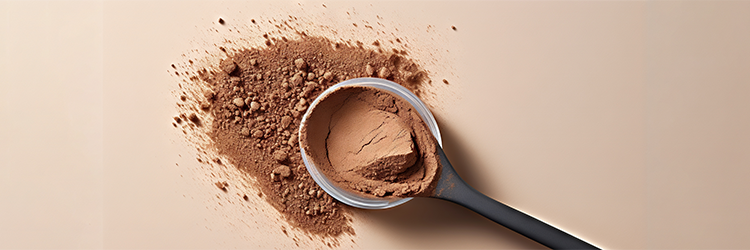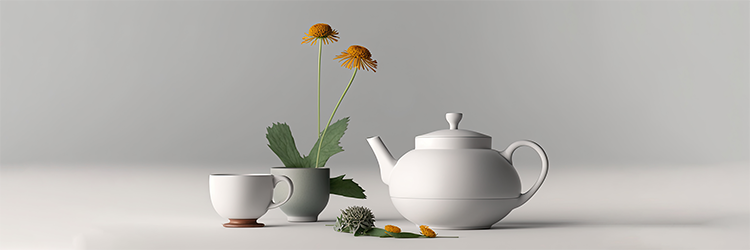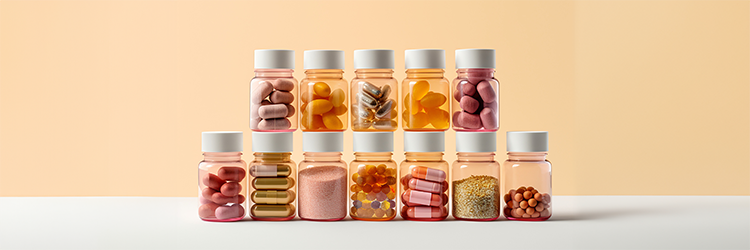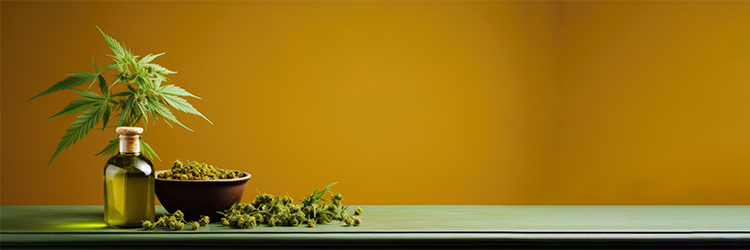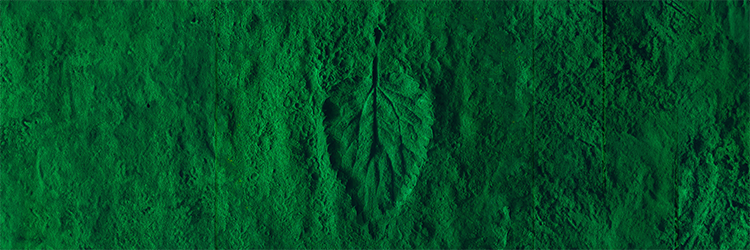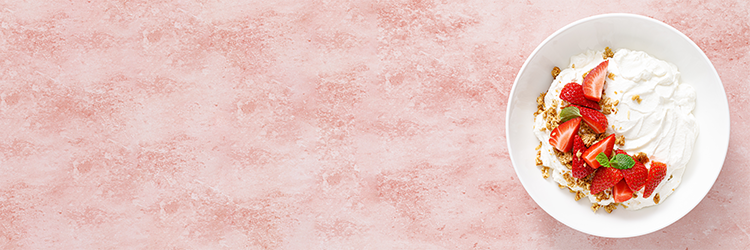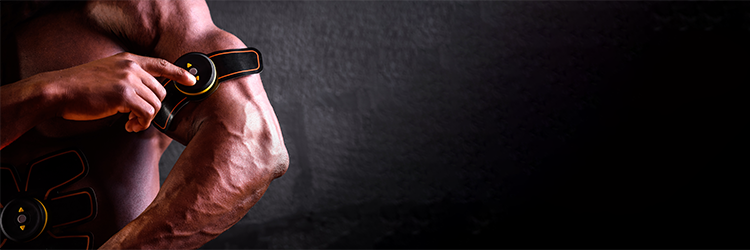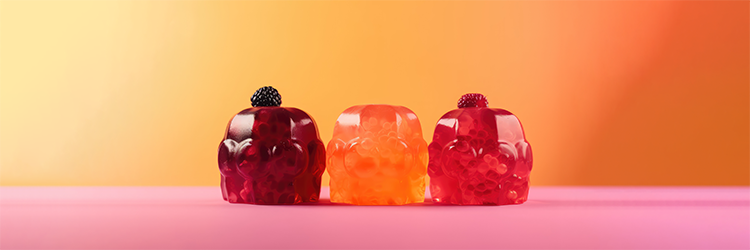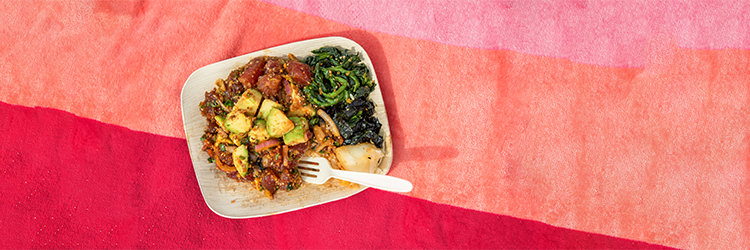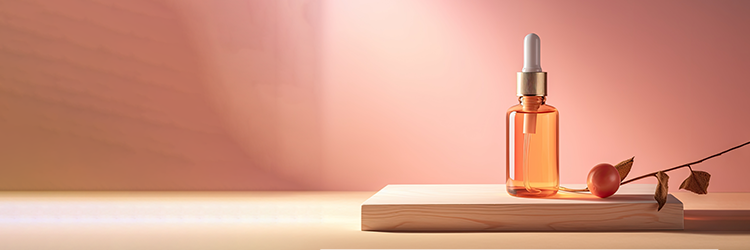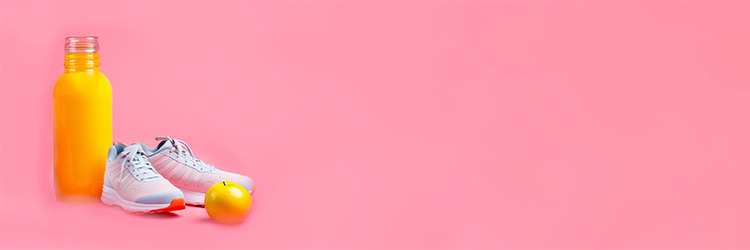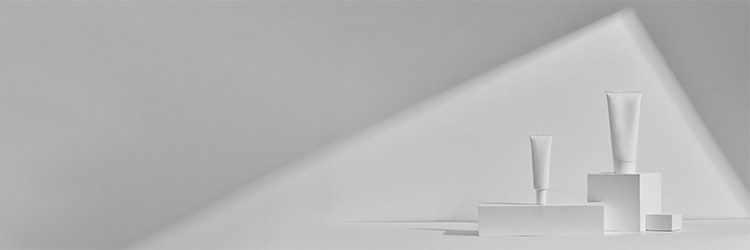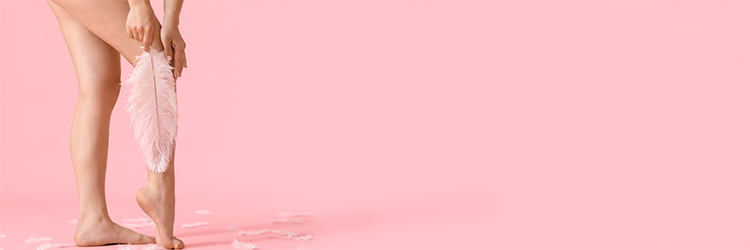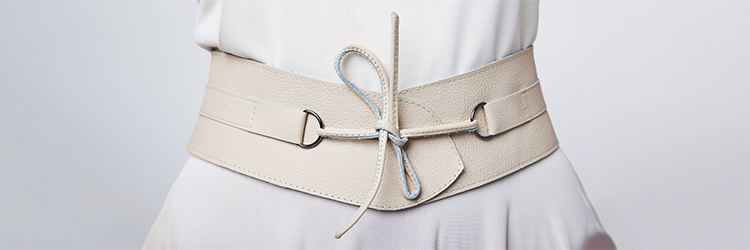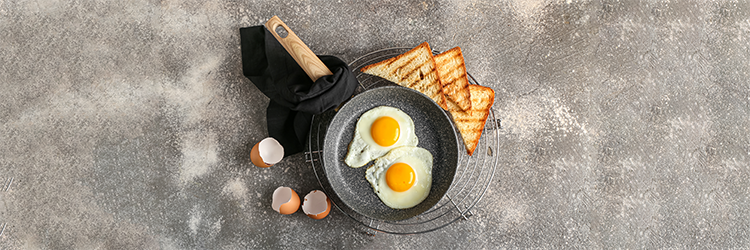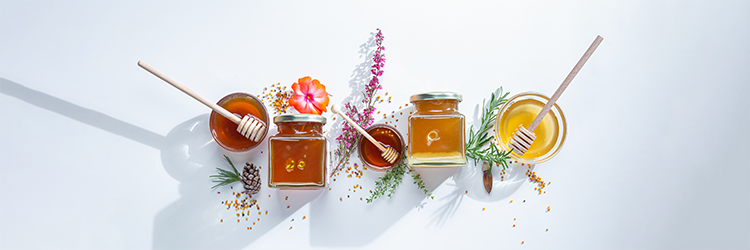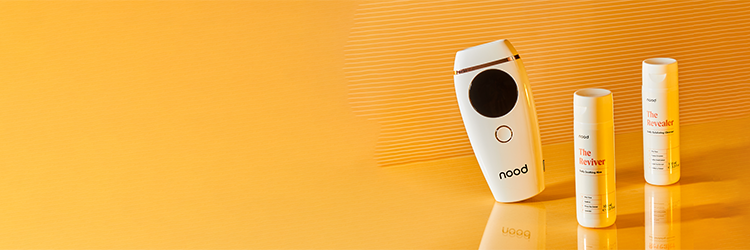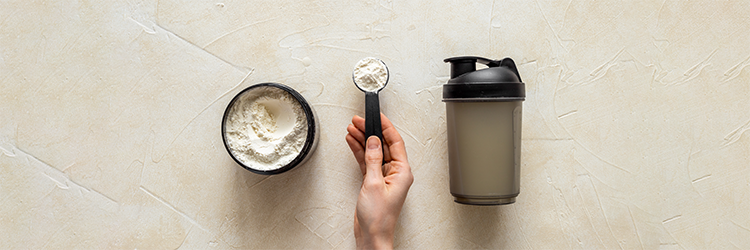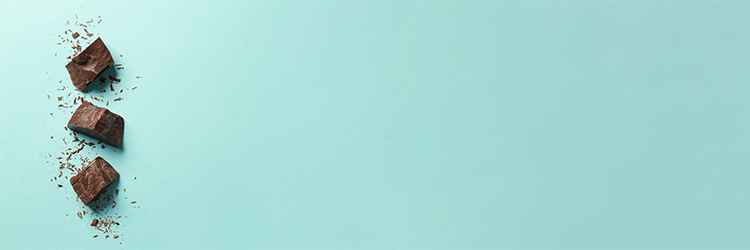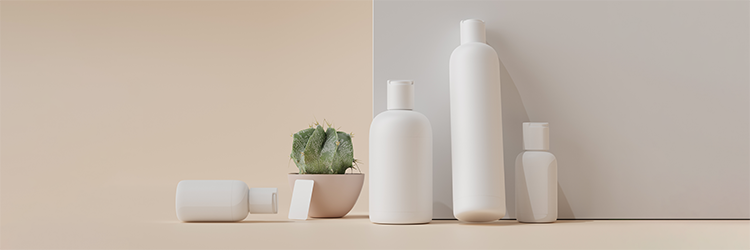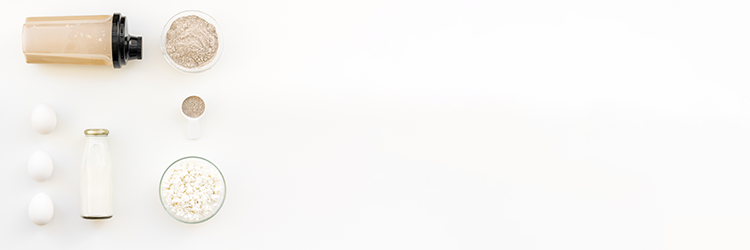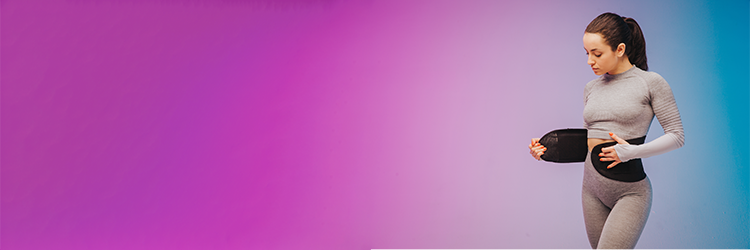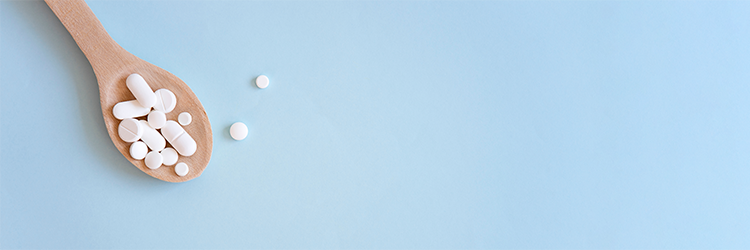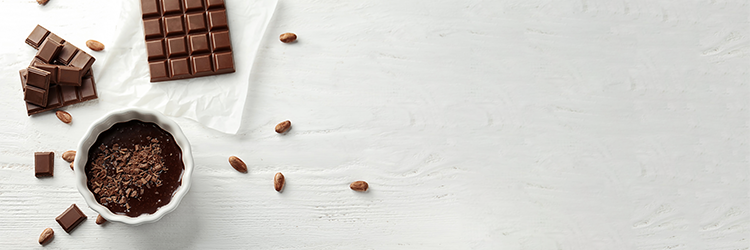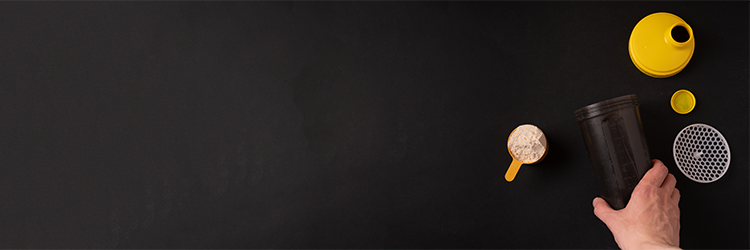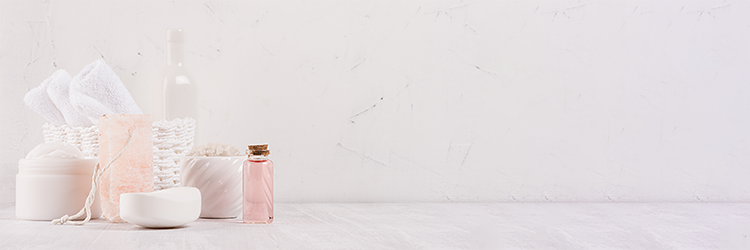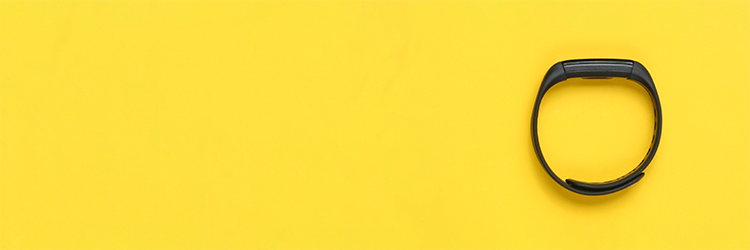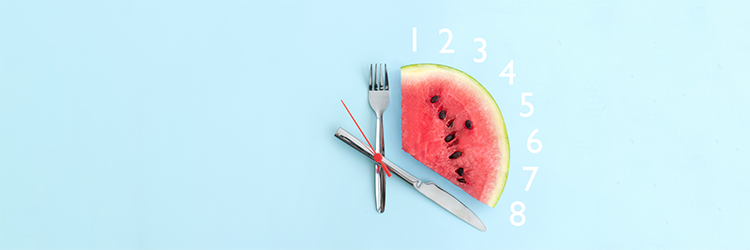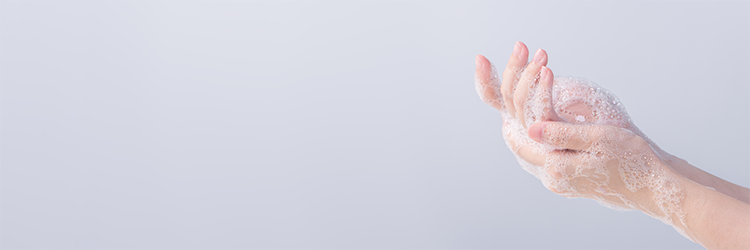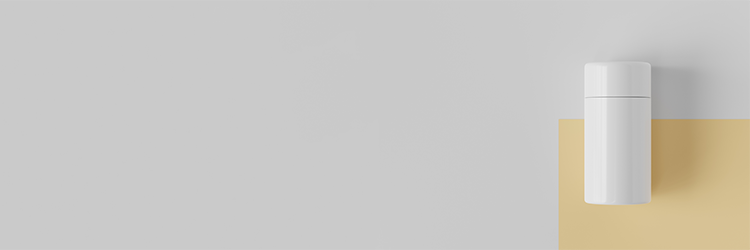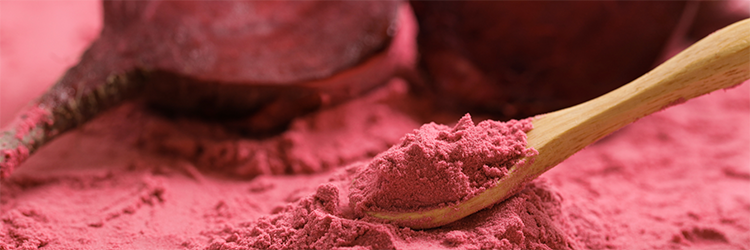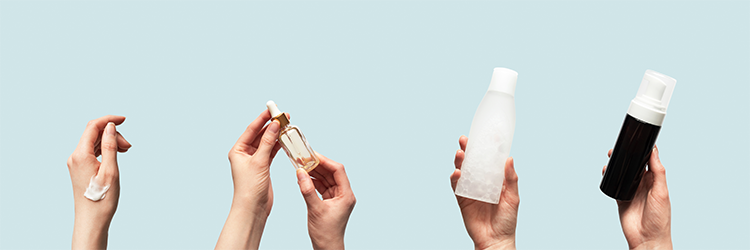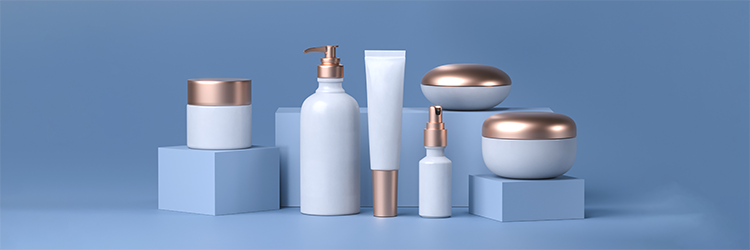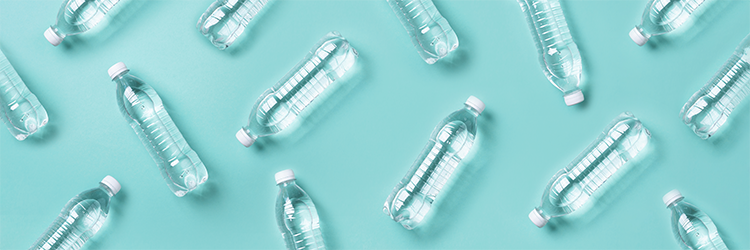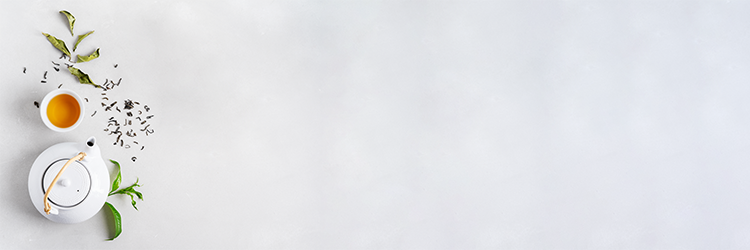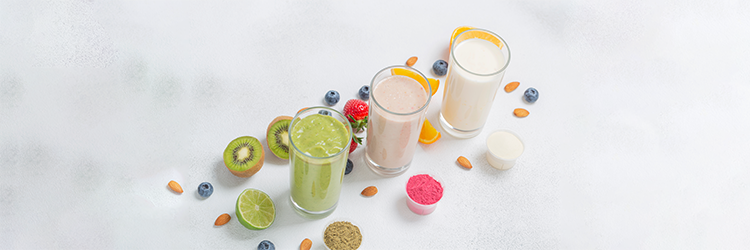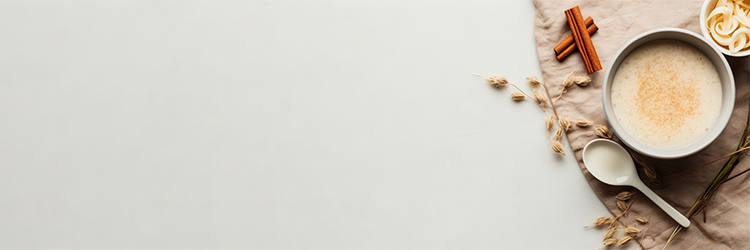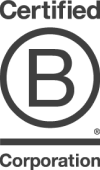
Disclaimer: None of the information in this article constitutes medical advice, and is just the opinion of the writer(s). We recommend that patients follow their doctor’s guidance in regard to cold and flu medication.
NyQuil is one of the most popular over-the-counter (OTC) cold and flu treatments. It’s sold under the Vicks brand, and comes in a variety of formulations and flavors.
But does NyQuil contain ingredients shown in research studies to reduce symptoms of cold and flu? Does it contain any questionable additive ingredients? Is the Relief Liquid or LiquiCaps formulation healthier? And are there natural options for treating cold and flu?
In this article we'll answer all of these questions and more as we analyze the ingredients in NyQuil Relief Liquid and NyQuil LiquiCaps based on medical studies to give our take on whether the products are likely to relieve symptoms of cold and flu, and whether they contain any questionable additives.
We'll share our opinion on which of the two products has a healthier formulation, and discuss a natural cold and flu symptom relief option.
Key takeaways:
- Active ingredients are clinically shown to relieve cold symptoms
- Contains some inactive ingredients we consider unhealthy
- Health-conscious consumers may wish to speak with a doctor about natural alternatives
NyQuil Relief Liquid Ingredient Analysis

The ingredients in NyQuil Relief Liquid are shown above. The three active ingredients are acetaminophen, chlorpheniramine maleate and dextromethorphan hbr.
Acetaminophen is a well-studied analgesic (pain relief) ingredient. This is also the main active ingredient in Tylenol, as we discussed in our recent review of how long does it take Tylenol to work.
A 2018 compared the effects of this ingredient to a placebo for postoperative pain. The group taking acetaminophen experienced significant pain relief, with 38% fewer patients in the acetaminophen group reporting their pain as moderate-to-severe than in the placebo group.
Chlorpheniramine maleate is an antihistamine. This class of drugs is typically used in allergy medication, because they reduce runny nose and sneezing, which are also common symptoms of a cold or flu.
Not only is this ingredient an effective symptom reliever for the reasons described above, but it’s also an effective antiviral. The linked research study, published in the Frontiers in Microbiology journal, found that chlorpheniramine maleate inhibited a number of viruses.
Dextromethorphan hbr is for use as a cough suppressant.
NyQuil Relief Liquid has research-backed active ingredients, and we believe this product is likely to reduce cough, reduce runny nose and sneezing and relieve pain.
However, it also contains some additive ingredients that may be questionable from a health perspective, as shown in the inactive ingredient list below:

High fructose corn syrup, acesulfame potassium and saccharin sodium are sweeteners.
A 2009 suggests that high fructose corn syrup may increase the risk of obesity.
Acesulfame potassium is associated with both negative changes to gut function and negative changes to brain function in some clinical trials, as we documented in our Prime drink review of another commercial product containing this sweetener.
FD&C Red No. 40 is an artificial food dye shown in a 2012 to be contaminated with carcinogens (cancer-causing chemicals) in some instances, and the study authors suggested that all artificial food dyes should be removed from the food supply due to safety concerns.
Citric acid is a flavor enhancer and preservative shown in a 2012 published in the Toxicology Reports journal to cause whole-body inflammatory reactions in some individuals.
NyQuil Relief Liquid contains effective active ingredients and a host of questionable inactive ingredients. But is the LiquiCaps formulation better? We'll discuss in the next section.
NyQuil LiquiCaps Ingredient Analysis

The active ingredients in NyQuil LiquiCaps are shown above.
Two of the active ingredients in this product (acetaminophen and dextromethorphan hbr) were reviewed in the previous section, where we provided clinical evidence suggesting they are both effective.
Doxylamine succinate is unique to this formulation, and is an antihistamine. A 1995 found that this drug reduced symptoms of runny nose and sneezing.
NyQuil LiquiCaps has research-backed active ingredients, and we believe this product is likely to reduce cough, reduce runny nose and sneezing and relieve pain.
Its inactive ingredient profile is also slightly different than NyQuil's liquid formulation, as shown below:

D&C Yellow No.10 and FD&C Blue No. 1 are both artificial colorants, and we discussed the potential health risks of artificial dye in the previous section.
Titanium dioxide in the European Union (E.U.) for use as a food additive due to toxicity concerns. The researchers quoted in the above-linked press release stated that they could not establish any safe intake level of this ingredient.
This product contains no artificial sweeteners and no citric acid, and for that reason, we consider NyQuil LiquiCaps to have a slightly healthier formulation than NyQuil Relief Liquid.
We Tried NyQuil Ourselves

As the author of this article, I wanted to try NyQuil myself to share my thoughts on the taste and product effects.
I was feeling a bit under the weather (coughing, sinus pressure, fatigue) for the past few days, so I bought NyQuil at a local gas station that was open late.
The taste is terribly artificial, but the Original flavor (the one I used with a blue color) does taste better than cherry cough medicine.
I'd rather it just taste bitter than sickly artificial sweet.
I experienced some level of relief within 15 minutes, and after 30 minutes I wasn't experiencing any of my cold symptoms. I ended up sleeping nearly 10 hours and felt much better in the morning.
Even though I try to avoid pharmaceutical medications, this is my go-to cold symptom relief medicine for a reason. It's really effective, and works quickly.
Overall, I'd rate NyQuil 8/10, and would rate it 10/10 if I felt like it was healthier (free of the inactive ingredients).
Our Clean Immune Support PicksWe receive compensation when readers purchase the products or services we recommend.

MBG Vitamin C Potency+ is our top value immunity pick.
Vitamin C was shown to reduce the duration of colds by over 10% in a 2013 , and this supplement also contains a citrus bioflavonoid complex.
Performance Lab Immune is our top premium immunity supplement.
This supplement contains the patented postbiotic IMMUSE, which is backed by 15 clinical trials and is clinically shown to activate a specific type of immune cell that helps fight infection and support overall wellness.
Pique Daily Radiance is our top food-based immune supplement.
This gel provides 1,000 mg of vitamin C per serving, and also contains organic elderberry juice concentrate, which is to support the immune system.








































































